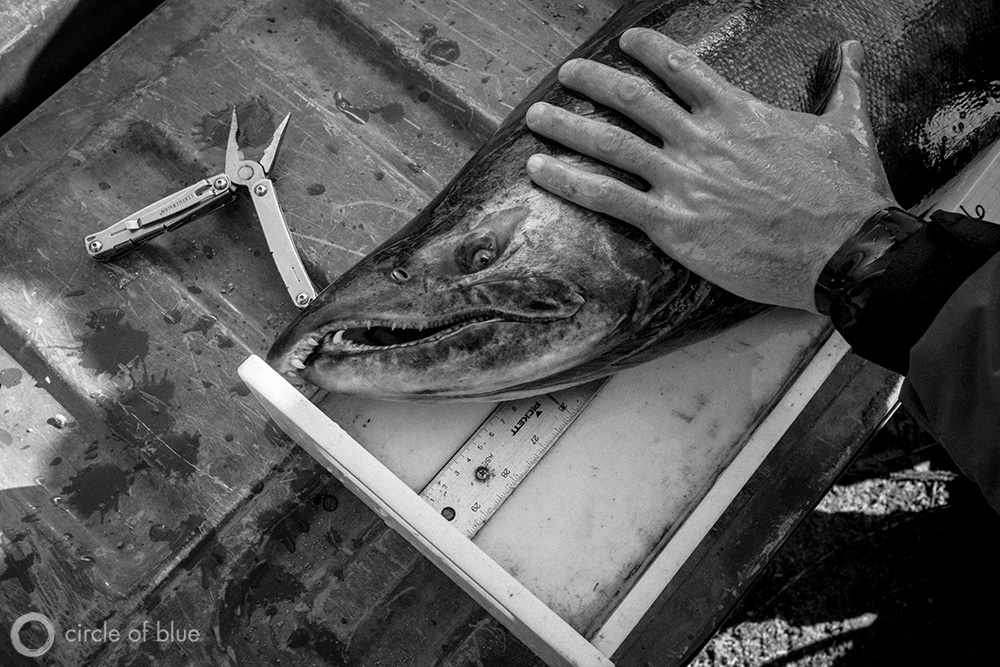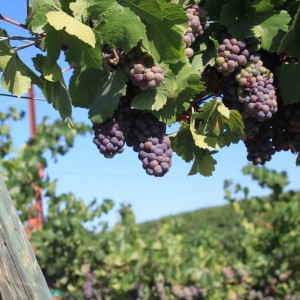Map: Not All Phosphorus Is the Same
Phosphorus — a nutrient found in fertilizers, sewage, soaps, and detergents — feeds the large blooms of toxic algae that are plaguing Lake Erie. While phosphorus levels overall have declined in Lake Erie and its tributaries since the 1970s, the amount of dissolved reactive phosphorus (DRP), a form that is more easily used by algae, has grown since the 1990s. Water quality data sets show a steep increase in the percentage of DRP washing into Ohio’s Maumee River watershed, which is Lake Erie’s largest tributary and a primary contributor of the phosphorus that drives the lake’s algal blooms.
Scientists at universities throughout the Great Lakes region believe that changing agricultural practices and climate change are behind the recent increases. Together, these trends are creating larger algal blooms. Researchers are now exploring which farming practices could reduce dissolved phosphorus runoff, and stakeholders from conservationists to municipal water managers are urging governments to take legal action to address the problem.
This map was created by Erin Aigner for Circle of Blue. Contributors include Codi Yeager-Kozacek and Aubrey Ann Parker of Circle of Blue. Contact Codi Yeager
Choke Point: Index is produced in collaboration with Google Research, Qlikview, and the Columbia Water Center and with financial support from the Rockefeller Foundation.
Circle of Blue provides relevant, reliable, and actionable on-the-ground information about the world’s resource crises.










Leave a Reply
Want to join the discussion?Feel free to contribute!